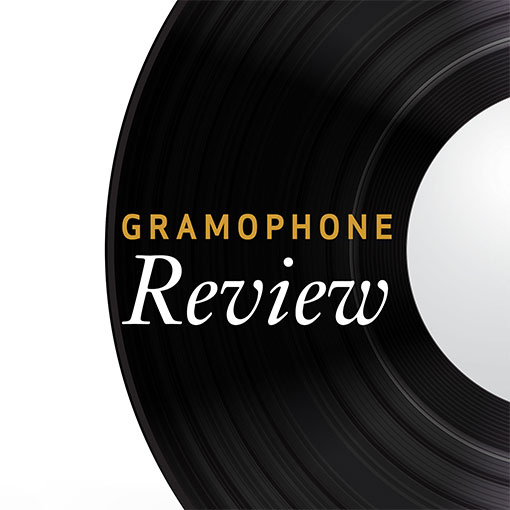Elgar Symphony No 1
View record and artist detailsRecord and Artist Details
Composer or Director: Edward Elgar
Label: Chandos
Magazine Review Date: 7/1986
Media Format: CD or Download
Media Runtime: 62
Mastering:
DDD
Catalogue Number: CHAN8452

Tracks:
| Composition | Artist Credit |
|---|---|
| Symphony No. 2 |
Edward Elgar, Composer
Bryden Thomson, Conductor Edward Elgar, Composer London Philharmonic Orchestra |
Composer or Director: Edward Elgar
Label: Chandos
Magazine Review Date: 7/1986
Media Format: CD or Download
Media Runtime: 57
Mastering:
DDD
Catalogue Number: CHAN8451

Tracks:
| Composition | Artist Credit |
|---|---|
| Symphony No. 1 |
Edward Elgar, Composer
Bryden Thomson, Conductor Edward Elgar, Composer London Philharmonic Orchestra |
Author:
For combination of architecture and emotional flow, Boult's performance of No. 1 (and Barbirolli's, not yet available on CD) holds the field. Previn's is admirable in many ways, but in the long run I would, I think (pace eg), prefer Thomson's approach, tempos notwithstanding, because of his deeply-felt sympathy with the music. The playing of the LPO is beyond praise and the attention to the myriad details of the scores of both works will supply revelations to the most ardent Elgarians. Listen for the little grace-notes on the violas four bars before fig. 38 in the first movement of Symphony No. 1, for example; how beautifully balanced is the solo oboe with strings and the other winds in the Larghetto of No. 2; what lovely playing by the solo violin at fig. 28 in the first movement of No. 2; and I could go on, noting also, for instance, the remarkable vibrato and glissando—both specified—at the climax (fig. 86) of the Larghetto of No. 2.
The above implies, of course, exceptionally clear and faithful recording. Perhaps All Saints, Tooting, is, as EG pointed out in his review of the LPs, an over-resonant acoustic, but I must say it is thrilling to hear brass with such a ripe ring and to hear the woodwind solos coming so clearly through the texture.'
Discover the world's largest classical music catalogue with Presto Music.

Gramophone Digital Club
- Digital Edition
- Digital Archive
- Reviews Database
- Full website access
From £8.75 / month
Subscribe
Gramophone Full Club
- Print Edition
- Digital Edition
- Digital Archive
- Reviews Database
- Full website access
From £11.00 / month
Subscribe
If you are a library, university or other organisation that would be interested in an institutional subscription to Gramophone please click here for further information.





